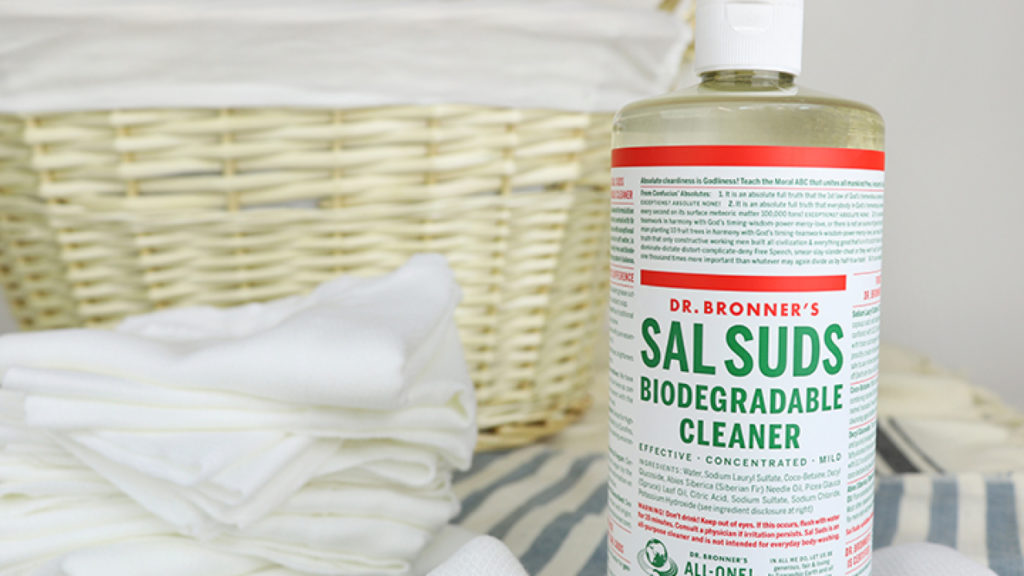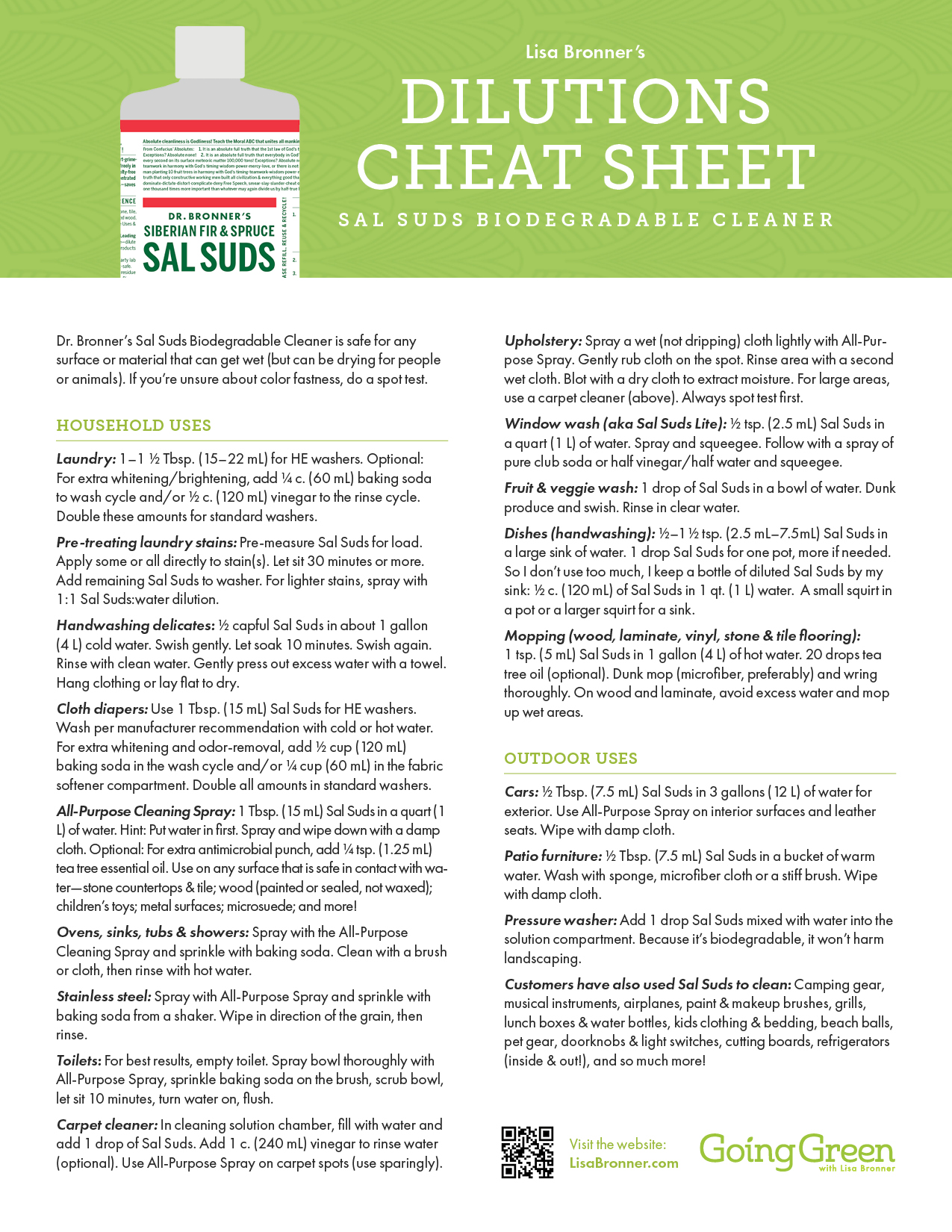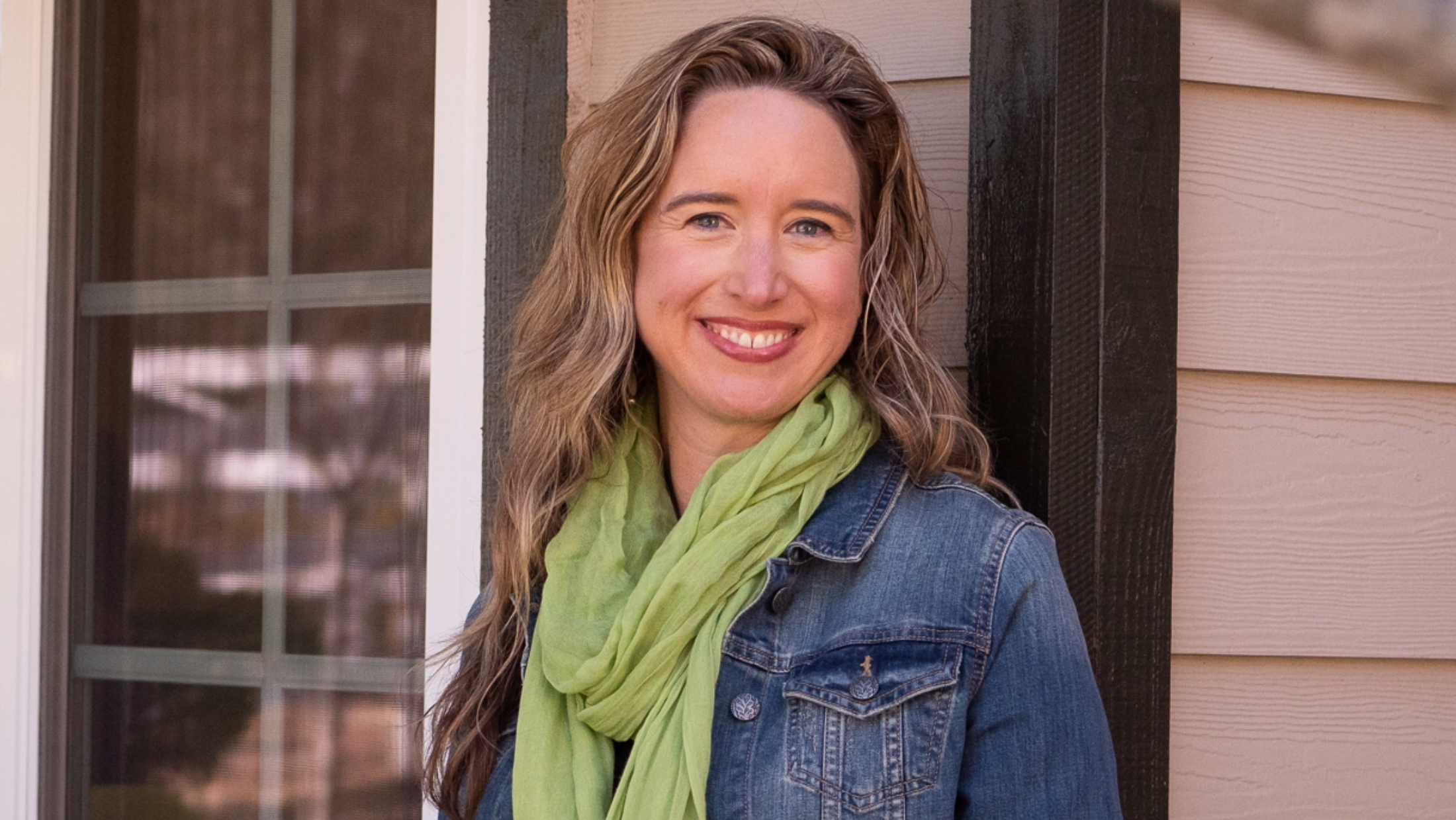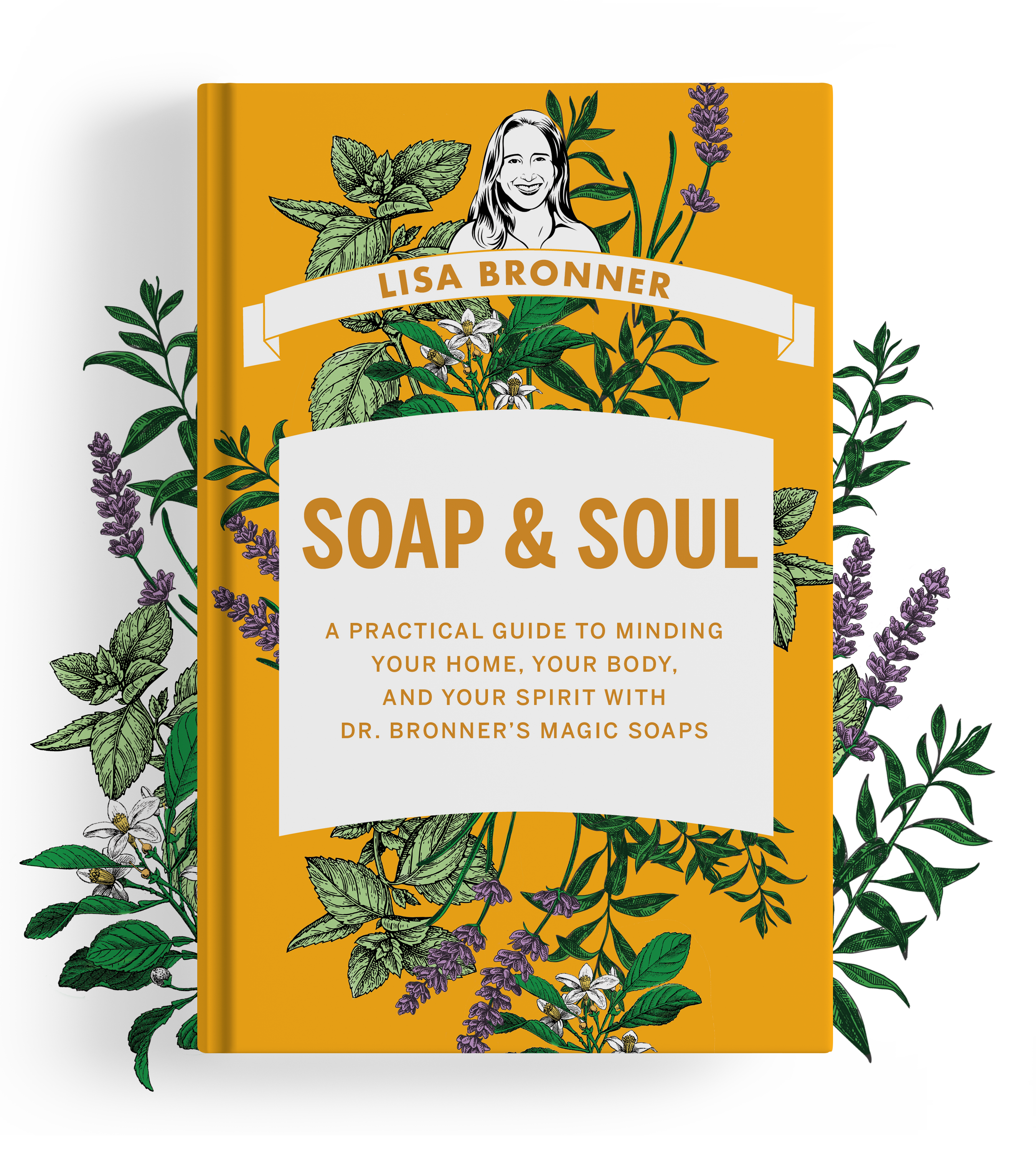
There’s an oft-repeated, well-intentioned piece of advice from older moms to younger ones: “Cherish every minute because it flies by so fast.”
It does fly by fast. But I didn’t cherish every minute. Some minutes could have flown by faster. Mainly those minutes involving bodily fluids.
Don’t get me wrong. I am ridiculously glad I have my three ducklings, and I love them beyond words. Looking at each one of them is like seeing my heart walking around outside my body.
But I didn’t enjoy being a human Kleenex or burp cloth or diaper. I didn’t find those moments memorable, except in an “oh-my-stars-I’m-glad-that’s-past” sort of way. Though I was thankful that all their little systems were fully operational, it was a relief when they could wipe themselves on both ends. And now I can wear white again.
Be that as it may, diapering is an unavoidable part of raising young offspring, so let’s camp on it for a minute.
One of the many absurd questions in the litany of questions people ask a woman who has just announced that she’s pregnant – usually just after asking if she knows what it is (a baby), and just before they launch into their personal horror stories about morning sickness or incontinence – is whether she is going to use disposable or cloth diapers.
Should you choose to use cloth diapers, Dr. Bronner’s Sal Suds Biodegradable Cleaner will help you maintain clean, soft, absorbent, stain-free diapers. Dr. Bronner’s Castile Soap is an option if you have soft water, but in hard water, the soap reacts with the minerals in the water, leaving a film that can make the diapers less absorbent. Sal Suds is fail-safe in all water types.
Because of the great variety in cloth diaper types, I can’t here state one specific way to pre-treat, wash, and dry cloth diapers. There’s variability on whether the diaper should be soaked or not, washed hot or cold, dried in a dryer or outside. Refer to your diaper manufacturer’s recommendations.
However, at some point in the process, you’re going to come to the step of actually washing the diaper, and this is where Sal Suds steps in.
Washing cloth diapers with Sal Suds
Sal Suds makes for a fantastic diaper wash because it is free of fragrance and dye, contains no fabric softeners, bleach, or enzymes that might reduce the absorbency of the diaper or leave a residue to harm baby’s skin. Sal Suds is tough on stains, works great in hot or cold water, and is exceedingly clean rinsing.
Most cloth diaper manufacturers recommend less cleaning agent than you would use for normal laundry. My recommendation for normal laundry is 2-3 (30-45 mL) Tbsp. of Sal Suds for a large load in a conventional, non-HE washer. For diapers, use 2 Tbsp. (30 mL) of Sal Suds for a large load in a conventional washer, or 1 Tbsp. (15 mL) in an HE washer. Reduce the amount relative to the size of the load. Wash per manufacturer recommendation with cold or hot water. Sal Suds works equally well in both.
For extra whitening and odor-removal, add 1 cup (240 mL) baking soda in the wash cycle and/or 1/2 cup (120 mL) in the fabric softener compartment. Halve both these amounts in HE (high efficiency) machines.
Air drying in sunshine is a great way to add some extra whitening to the diapers, as well as using less energy.
And you are on your way with a fresh pile of diapers ready for another round of use!
Further reading
- Sal Suds Dilution Cheat Sheet
- Sal Suds or Castile Soap – Which to Use?
- Green Laundry Care With Dr. Bronner’s
- Handwashing Delicates with Dr. Bronner’s
Sal Suds cleaner shows >60% biodegradation after 28 days per ISO 14593.









I don’t have babies I have four, month old kittens that I’ve been nursing since birth. Laundry detergent did not get the smell out of the blankets. The Sale Suds is amazing. Got the smell right off and left everything clean. Just used it in the normal wash cycle and pretreated any poop stains. Good as new.
Oh my stars! All those kitten snuggles – lucky you! Great to hear Sal Suds is cleaning up after them!
Choosing between disposable and cloth diapers is one of those decisions that can feel overwhelming amidst the sea of unsolicited advice and opinions that often comes with pregnancy. Ultimately, the right choice depends on your priorities, lifestyle, and what helps you maintain your sanity. Cloth diapers are a more sustainable and cost-effective option over time, though they require additional effort, while disposables offer unmatched convenience, especially during those sleep-deprived early days. Both options have their advantages and challenges, but at the end of the day, as long as your baby is clean, dry, and loved, you’re doing a great job—no matter which diapering path you take.
The sentiment you express resonates deeply with many parents who, amidst the overwhelming love they have for their children, find themselves navigating the less glamorous aspects of parenthood with a mixture of acceptance and relief. While the joy and wonder of watching your children grow and develop are unparalleled, the daily grind of attending to their bodily needs can be both exhausting and, at times, unenjoyable. Your honesty about not cherishing every minute, especially those involving bodily fluids, is refreshingly relatable. Parenthood is a journey filled with a myriad of emotions, and it’s okay to acknowledge that not every moment is cherished in the traditional sense. What matters most is the unwavering love and dedication you have for your children, even amidst the messier moments. And as they grow and become more independent, you can reclaim a bit of that freedom to wear white again, a small but satisfying victory in the grand adventure of parenting. For those interested in exploring ways to reduce the environmental impact of parenting, platforms like https://diaperrecycling.technology/ offer insights into innovative technologies and solutions for recycling diaper waste, contributing to a more sustainable future for the next generation.
Hi Lisa. Thanks for your tips! We just started using cloth diapers for our little one and I hope to be able to use sal suds without any prewashing, ( we moms do enough laundry & soaking as it is ) to wash her dirty diapers and towels etc. So far at 60 *celcius they seem to be doing the trick! The only thing is, the German doctor bronner site doesnt offer sal suds! I have been importing it in my suitcase the last years but its getting tiring and heavy! Do you habe any reason as to why? Thanks in advance !
Hi Andrea – Unfortunately, we are not actively selling Sal Suds in Europe. At the moment, we do not have a timeline for when we will be reintroducing Sal Suds to this market. I know this is an inconvenience, and I’m sorry for that. The Castile also works for diapers, though not quite as tough on stains. Use vinegar in the rinse cycle if you use the Castile.
I’m Incotinate, due to the cost of disposable diapers have gone up so much, I’ve been using flannel cloth diapers. I’ll put 6 to 8 diapers in a load of a upright full size washer. I use liquid tide with no fabric softener. After the load has run through I’ll run it through the second time with no soap or detergent or fabric softener. I was told that fabric softener takes away the absorbance of the diaper.
I’ve read that fabric softeners can make fabrics more flammable, and they usually are not septic safe.
I have been cloth diapering with tide powder for just over a year now. I’m trying to make the non-toxic switch but in my cloth diapering groups they told me not to use this product. They stated that it does not have surfactants that remove human waste. Can you speak to that claim? I’m having a really hard time trying to find a detergent I trust for my sons cloth diapers. Thank you for all you do!
Hi Anne – Good for you for looking into this! I’m not sure what specific surfactants your group is thinking of. Sal Suds contains three different surfactants that work together to remove all debris. I believe you will find the Suds to be effective and an excellent option. I am happy to answer further questions to help you in your decision.
Hi, I have a costway mini portable washer. It holds six too twelve gallons of water depending on the load size. How much Sal’s Suds should I use for regular clothes? For cloth diapers? Mama cloth? How much baking soda and vinegar should I use? I use my laundry water for grey water for plants and don’t want salt buildup in the soil. Thanks!
Hi Terra- I hope you don’t mind that I’ve combined your questions and am addressing both here. I’ve had several people ask me about portable washers recently. They sound like great devices! An HE washing machine uses about 12 gallons per load, so I would start with the same amount of Sal Suds – that is, 1 Tbsp. – for a large, 12-gallon load, and scale down for smaller loads. 1/2 Tbsp. for a 6-gallon load, and so on. Let me know how that goes. Sal Suds is biodegradable and won’t harm plants or grass in small doses. Depending on how often you’re doing laundry, rotate around where you pour out the water and alternate with non-soapy water so you’re not dousing the same plants with soapy water repeatedly. Your plants most certainly would not like vinegar and baking soda. I’d skip if you don’t need it.
Hi I know this post is a little old but I’m desperately trying to find a safe cleaner for our cloth diapers. Does this help prevent the ammonia smell/buildup in cloth diapers? Currently trying to solve this issue! Thanks!
Hi Rox- Yes, this would counter the ammonia smell, especially with the addition of both the baking soda and the vinegar which are natural deodorizers. Vinegar is also acidic, which would help break down the alkalinity of the ammonia.
Unfortunately, sal suds didn’t work for our cloth diapers. At first, it seemed to work great. After using a plant based fabric softener (because the diapers felt scratchy), we had ammonia build up in the diapers. We have soft water. I stopped the softener and tried varying methods for months to get rid of the ammonia issue while still using SS but it just didn’t work. Bio kleen liquid ended up working for us. Never had any rashes though.
Hi. I just ordered a gallon of sal suds to wash our diapers.
You say it works in hard water but up to what level of hard water? Our water is almost 250 ppm hard water, and i have been using water softener in our (tide) wash routine.
Should i still add water softener in my diaper wash?
Also, how much sal suds do you use in your prewash?
Greatly appreciated.
Hi Karina- My hard water is in the same range as yours, and I don’t use a softener when doing laundry with Sal Suds. By pre-washing, if you mean soaking diapers before washing, start with 1 tsp Sal Suds per gallon of water. As you get familiar with your new purchase, this Sal Suds Cheat Sheet covers all manner of uses for it: https://www.lisabronner.com/sal-suds-dilution-cheat-sheet/
Have you used the combo of Sal Suds, baking soda and vinegar on cloth diapers? Or do you just use the Sal Suds? Thanks
Hi Erika- My kids are older now, but I used both and neither, depending on what I had in my cupboard – or more accurately, what I didn’t. Baking soda and vinegar are natural whiteners/brighteners/deodorizers that give an extra boost to any load. Sal Suds is great on its own though. If using one or both: 1/2 cup baking soda in the wash, 1 cup vinegar in the rinse cycle. For HE machines, cut by half.
Can Sal Suds be used for baby clothing as well? No issue with residue or yeast build up?
Hi Andrea- Sal Suds is effective, exceedingly clean-rinsing and leaves no residue on fabrics. Use it not only for your little one’s clothing but your own.
I know this post is a bit old now, but I’ve switched to using cloth menstrual pads and this has worked wonderfully for them! I was hesitant to try it at first but they’re similar to cloth diapers so I gave it a whirl and it removes stains better than anything I’ve tried so far!! Definitely my go-to routine from now on!!! Thanks for sharing ?
Hi Kendra – Thank you for sharing this tip!
Do you know if the SLS in this soap is potentially contaminated with 1,4 dioxane?
Hi Mariah – It’s great to hear how carefully you read labels. While Sal Suds contains SLS (sodium lauryl sulfate), it does not contain SLES (sodium laureth sulfate). SLS and SLES often get mixed up for each other, which is not surprising given their similar names. Although chemically speaking, they are a world apart. SLES has undergone ethoxylation, which adds the risk of contamination of 1,4 dioxane and ethylene oxide, both of which are known human carcinogens. SLS is not ethoxylated, and so doesn’t carry this potential contamination. It is still not an ingredient that should be found in personal care products, although it often is. For more info, check out the Environmental Working Group’s Healthy Cleaning Site. Here’s their review of Sal Suds: http://www.ewg.org/guides/cleaners/496-DrBronnersSalSudsLiquidCleaner
[…] You may also want to check out my post on Washing Cloth Diapers. […]
Hi Lisa,
Does Sal Suds also kill bacteria and disinfect dirty diapers? Thank you!
Hi Ashley – The term “disinfectant” means that the product must kill a 99% of germs. The term “antibacterial” means that the product must kill 99.9% of germs. Dr. Bronner’s soap (including Sal Suds) is part of the “disinfectant” category. Soap works by removing. It latches on to dirt, grime, germs, etc. and takes them away. That means the short answer is, no, soap will not kill bacteria or anything else. Soap eliminates it, though. The only thing that kills bacteria is a pesticide, and soap is not a pesticide, which means it does not kill. If you’d like to, Tea Tree essential oil can be added to Sal Suds for an extra antibacterial boost.
Hi! Your video recommendation for normal laundry you pour 2-3 tbsp of Sal Suds, 1/2 cup of baking soda with hot or cold water and vinegar in the rinse cycle. Is this only for whites? Also, instead of baking soda can I use washing soda?
Hi Janie – This combo of Sal Suds, baking soda, and vinegar is super for whites or towels or other grungy laundry. For regular laundry, I only use the Sal Suds and leave out the rest. I find that the Sal Suds works perfectly fine on its own. Washing soda is harsher than baking soda, so only use that on heavy duty loads. Definitely not on regular clothing fabrics.
I don’t have babies, but have a question on Sal Suds. Probably because of the cold weather now (I live in Oceanside, CA), Sal Suds is thick, difficult to come out of the bottle and when it does, well, it is a lot. Any tips on keeping it liquid?
Thank you, Lisa.
Hi Margarita – Yes, as you suspect, it is the cold that is causing the Sal Suds to thicken. It will still work perfectly fine, but if you can’t get it out of the bottle, you can set the bottle in a bowl or sink of hot (not boiling water) for 15 minutes and it will re-clarify.